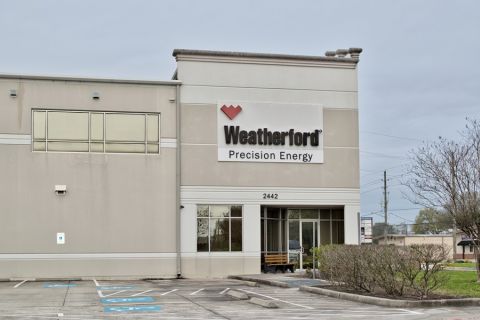Exxon Mobil Corp. on Nov. 30 said it would write down the value of natural gas properties by $17 billion to $20 billion, its biggest ever impairment, and slash project spending next year to its lowest level in 15 years.
The oil major is reeling from the sharp decline in oil demand and prices from the COVID-19 pandemic and a series of bad bets on projects when prices were much higher. New cost cuts aim to protect a $15 billion a year shareholder payout that many analysts believe is unsustainable without higher prices.
The write-down lays bare the size of the miscalculation that the company made in 2010 when it paid $30 billion for U.S. shale producer XTO Energy as natural gas prices went into a decade-long decline. The write-down also includes properties in Argentina and western Canada.
Exxon Mobil previously said it could impair assets worth up to $30 billion. The charge reflects the loss of profits from those properties, according to the company.
Exxon Mobil will continue initiatives in offshore Brazil, Guyana, the Permian Basin shale field in the United States, and in performance chemicals despite plans to implement deeper spending cuts, it said. Not mentioned was its $30 billion Mozambique LNG project, which sources do not expect final investment decision on until early 2022.
"Recent exploration success and reductions in development costs of strategic investments have further enhanced the value of our industry-leading investment portfolio," CEO Darren Woods said.
Business conditions are continuing to show signs of improvement despite the pandemic, he said.
The impairment charge "further worsens the company's already substantial jump in financial leverage," said Pete Speer, senior analyst at Moody's Investors Service. "With this charge added to the big rise in debt this year, we see Exxon Mobil’s debt/capitalization rising to nearly 30%, from just over 20% at the start of 2020."
Next year's spending will fall, to between $16 billion to $19 billion, but Exxon Mobil could increase spending by 2025 to more than this year's about $23 billion level, Woods said.
The plan to return to higher levels of capital expense struck investor Mark Stoeckle, senior portfolio manager at Adams Funds, as unusual.
"In this environment it makes no sense to me at all. What's the hurry?" he said. "I don't think it's going to help them with investors."
Exxon Mobil said last month it could cut 14,000 employees, or 15% of its global workforce, by the end of 2021.
Recommended Reading
ProPetro Ups Share Repurchases by $100MM
2024-04-25 - ProPetro Holding Corp. is increasing its share repurchase program to a total of $200 million of common shares.
Baker Hughes Hikes Quarterly Dividend
2024-04-25 - Baker Hughes Co. increased its quarterly dividend by 11% year-over-year.
Weatherford M&A Efforts Focused on Integration, Not Scale
2024-04-25 - Services company Weatherford International executives are focused on making deals that, regardless of size or scale, can be integrated into the business, President and CEO Girish Saligram said.
Range Resources Holds Production Steady in 1Q 2024
2024-04-24 - NGLs are providing a boost for Range Resources as the company waits for natural gas demand to rebound.
Hess Midstream Increases Class A Distribution
2024-04-24 - Hess Midstream has increased its quarterly distribution per Class A share by approximately 45% since the first quarter of 2021.





